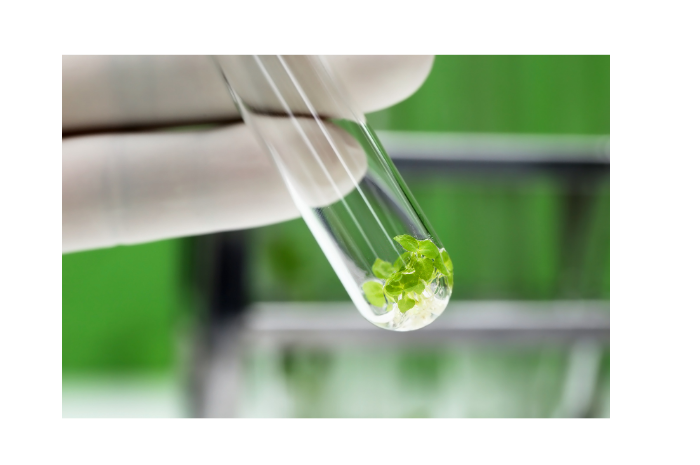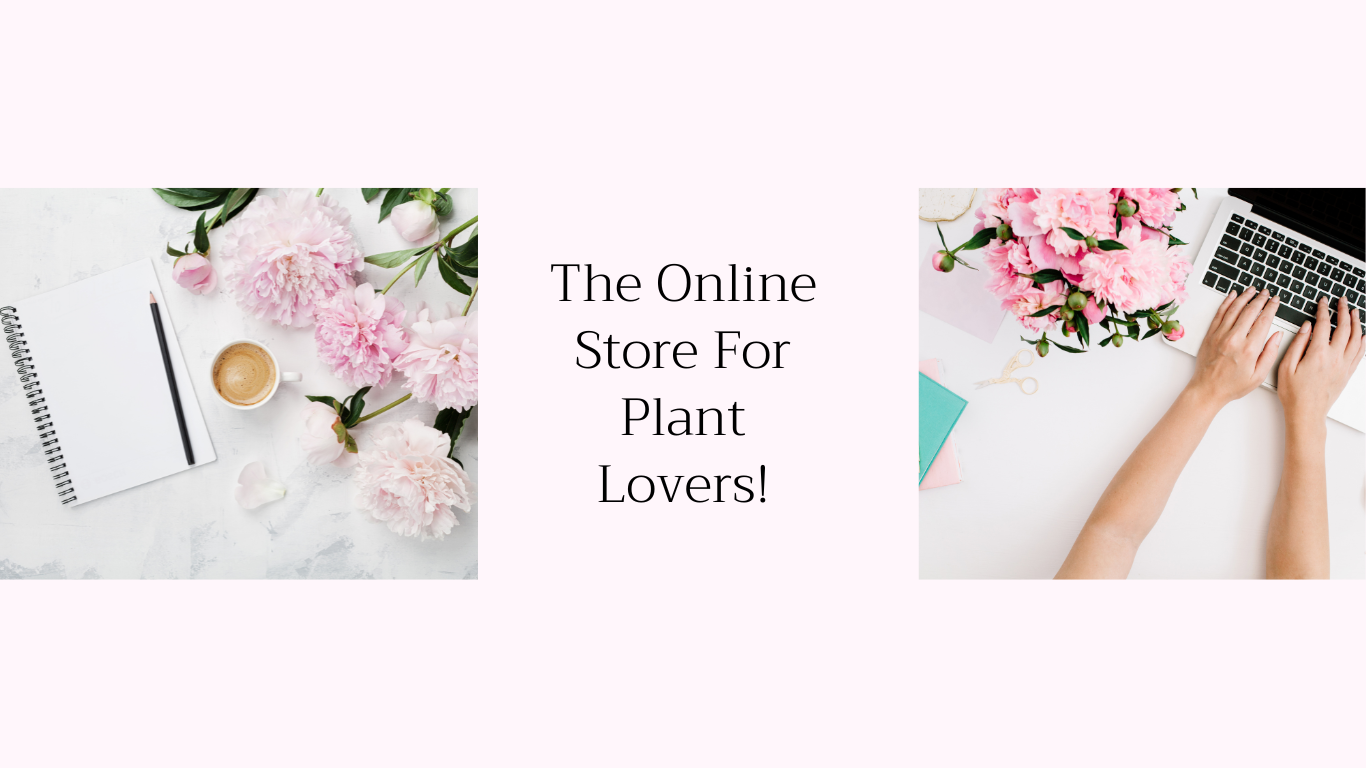What is plant tissue culture?
Plant tissue culture has been around for years, and it is an invaluable tool for plant breeding, research, and the production of high-quality plants for agriculture and horticulture. For example, this technique is used by scientists to conserve and/or propagate rare or endangered plant species.
So, what is plant tissue culture? Technically, plant tissue culture is a technique that is used in plant biology, biotechnology, and agriculture to grow and propagate plants under controlled and sterile conditions. It involves the aseptic (sterile) culture of plant cells, tissues, or organs in a nutrient-rich medium under controlled environmental conditions, such as temperature, light, and humidity. It can be a bit complicated, as different plants may require different nutrient-rich medium concentrations etc. but it is an amazing technique to use.
Briefly, plant tissue culture involves some common steps known as initiation, multiplication, rooting, and acclimation. During the initiation step, a piece of plant tissue is collected and sterilized. This piece of plant tissue is referred to an explant. Once all the contaminants have been removed, the explant is then placed right on top of a nutrient agar medium. The multiplication stage comes after the initiation stage and that is because the explant is then allowed to multiply during this period under the right light conditions. Next comes the rooting stage in which root formation is induced with the use of a rooting media. The last step is the acclimation stage where the rooted plants are gradually acclimated to a different external environment outside of their comfort zone.
As I mentioned before, plant tissue culture is an amazing laboratory technique that allows for precise control over the growth and development of plants. Scientists can use this technique to preserve plant biodiversity and much more.


